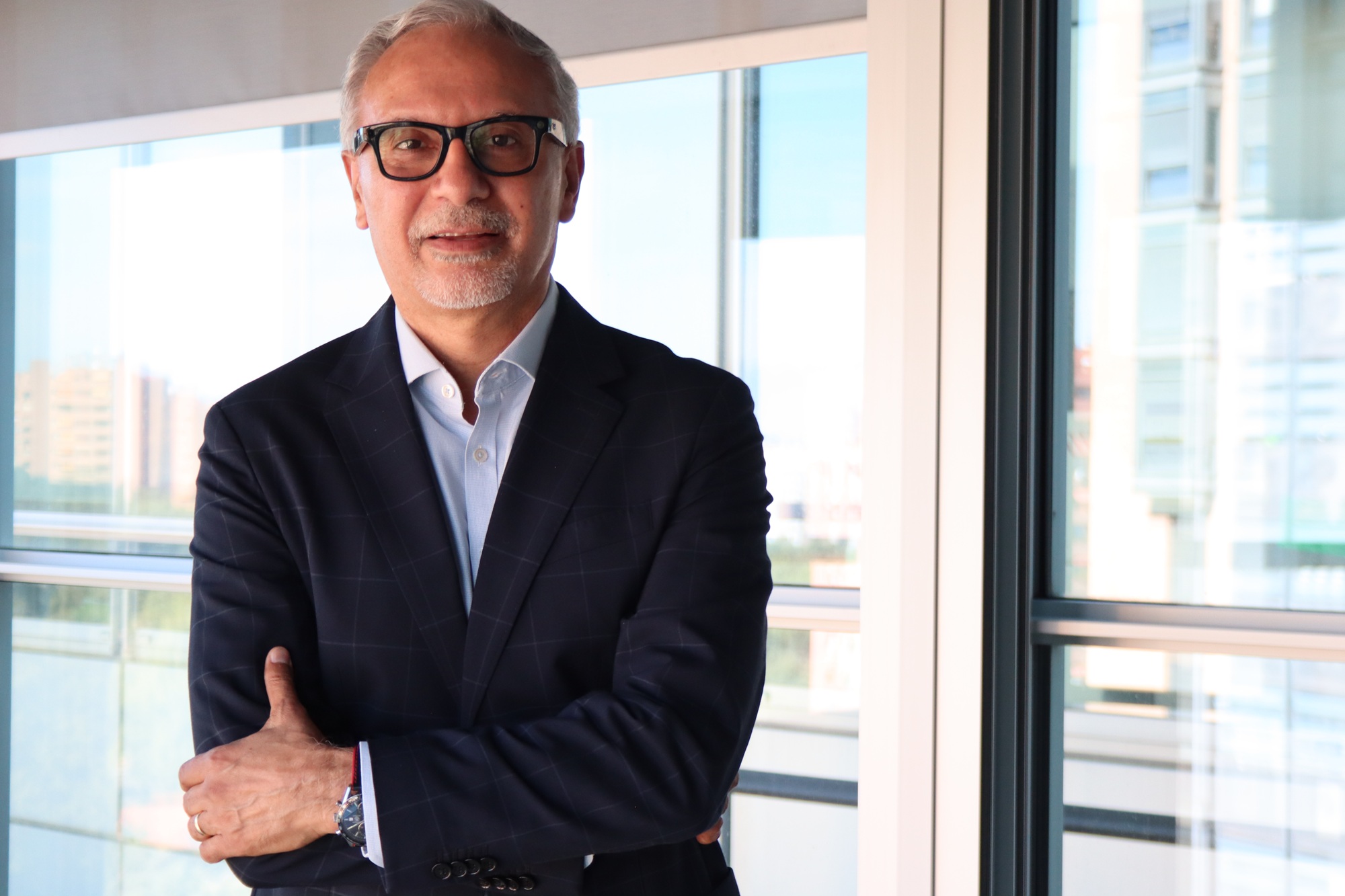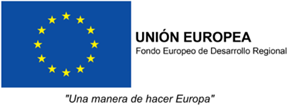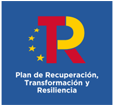Héctor Valdivia: "What doesn’t kill us, makes us stronger: exploring the benefits of scorpion poison in cardiovascular medicine"
Héctor Valdivia, director of the Cardiovascular Research Center of the Clinical Science Center at the University of Wisconsin.
Dr. Héctor Valdivia is a leading cardiologist and researcher in the field of cardiovascular medicine, with special interest in the physiology of the heart, ion channels and the regulation of intracellular calcium. He is a professor at the Clinical Science Center of the University of Wisconsin, where he also directs the Cardiovascular Research Center, coordinating the efforts of more than 130 members. Additionally, he leads the MATRIX program, focused on improving the success rates of young researchers in obtaining funding.With more than 25 years of experience, Dr. Valdivia has published more than 130 articles on the dynamics of calcium and ion channels in the heart. His laboratory has discovered a new family of ryanodine receptor ligands with therapeutic potential to treat cardiac arrhythmias. Throughout his career he has received many prestigious awards such as the Fulbright-Tocqueville Distinguished Chair Award and has been a Fulbright specialist on several occasions. He is a member of the editorial board of Frontiers in Bioscience, Journal of Molecular & Cellular Cardiology, and Circulation Research.
- What doesn’t kill us makes us stronger.
The phrase "What doesn’t kill us makes us stronger", by Friedrich Nietzsche, refers to how we develop resistance to situations that can harm us, which makes us stronger. My laboratory works with scorpion peptides. When we think of scorpions, the first thing that comes to mind is something dangerous or toxic. In fact, its toxins are very well known. However, the peptides we researched are not toxic to people, but rather have beneficial effects in certain clinical contexts. For example, we work with a syndrome called CPVT, which causes calcium intoxication. The heart needs calcium to contract, but in this syndrome, there is excessive accumulation due to a mutation in one of the proteins. The peptides we studied regulate calcium output in a controlled manner, which reduces cardiac arrhythmias in patients with CPVT. This syndrome is not very common, and only affects about 1 in 10,000 people, mainly children and adolescents, and can cause sudden fainting or, in more severe cases, sudden death. Although its incidence is very low, it is a wonderful model to study the effects of calcium within the heart cell. This way we learn what happens in more common diseases, such as atrial fibrillation, which is very common especially in older people, heart failure, which is also a very frequent process in developed countries, and other genetic diseases, such as congenital cardiomyopathy
- How do you obtain scorpion poison and manipulate it to use in treatments?
Scorpion poison is a very complex mixture of toxins, almost like a Molotov cocktail. It has toxins that block sodium and potassium channels, among others, which paralyzes its prey. The peptides we studied represent a tiny fraction of the poison, only 0.001%. At first, we had to milk scorpions to extract these peptides, which requires stimulating the animal to release the poison. Now, that we know the composition of the peptide, we can chemically synthesize it in the laboratory, which is much more efficient. Currently, we are in the testing phase with animal models, such as mice and rabbits. Our objective is to pass on this treatment to clinical trials, but first we must ensure that there are no toxic effects on animals. The use of animal poisons in medicine is not new. For example, the drug Captopril, which is widely used in patients with heart failure, is derived from snake poison. It inhibits the angiotensin-converting enzyme and is a powerful vasodilator. Another example is Exenatide, a peptide from the Gila monster poison, which is currently used for the treatment of diabetes and weight loss, under the trade name Ozempic. Both are examples of how poisons can be converted into beneficial drugs when synthesized in a controlled manner
- In recent years, more cases of arrhythmias are being discovered than ever imagined. What is this due to?
Thanks to the improvement in diagnostic techniques, we are detecting more cases of arrhythmias. Our laboratory focuses on arrhythmias related to calcium. The heart beats thanks to an electrical system in the cell membrane and a calcium system that transmits the electrical signal to the myofilaments for contraction. We study the second phase of this process. There are several diseases that are due to calcium disorders, and by understanding these mechanisms, we can apply what we learn to other more common conditions, such as atrial fibrillation and heart failure, which are frequent problems in older people.
- Did you always know that you wanted a career in medical research or was it a decision you made later on?
It wasn't something I knew from the beginning. When I was studying medicine at the University of Mexico, I really enjoyed biochemistry and I was an instructor of that subject. That's when I discovered research, thanks to professors who introduced me to this world. Before that, I thought my career would be in the operating room or attending patients. However, once I entered a laboratory, I knew that was what I really wanted to do. I started working in this field thanks to a toxinologist who invited me to his laboratory, where I became fascinated by the study of poison receptors and ion channels.
Peptides from scorpion poison, far from being toxic, can regulate calcium in the heart and reduce fatal arrhythmias in patients with CPVT.
- It seems that your medical training gives you a different perspective when it comes to research. How do you think this influences your work?
It's true, I think doctors have an advantage in scientific research because we understand the systemic impact of what we study better. Doctors don't just focus on a disease, but on the patient as a whole. This holistic approach allows us to see how different systems in the body interact and how research can directly benefit patients. Although some biologists, biochemists, etc. might disagree, I think doctors have a slight advantage in this sense.
- Speaking of the interaction between subjects, do you think collaboration between researchers from different fields is important?
Absolutely. At our research center we work in a very similar way to the CNIC in Spain, where the laboratories are open and encourage collaboration between cardiologists, biologists, biochemists and engineers. This interaction between different subjects is crucial to advance in research. No group can do it alone, and the synergy among different fields allows us to discover more complete solutions.
- You lead a mentoring program called Matrix. What led you to create this project?
The Matrix project emerged to support young researchers at the start of their careers, since, in the United States, new researchers are at a disadvantage when competing for funds from the National Institute of Health (NIH). This mentoring system, which I adopted from the University of Michigan, has been demonstrated to significantly increase the success rate of these young people in obtaining funds. In this program, we pair experienced mentors with up to three mentees, and for nine months they guide them on how to formulate hypotheses, write proposals, and present projects effectively. It is very difficult for the mentor to know everything about the mentee’s field; however, they do know how to propose a hypothesis, how to write it, how to sell it, etc., and these are precisely the types of things that a person who is just starting out, does not know how to do well. During those 9 months they start by doing the most basic things, what are you going to propose, how are you going to say it, up until the final review in which, sometimes, they tear the poor person to pieces. Additionally, all of this, also helps in some ways, create future mentors.
- Do you plan on returning to Mexico one day or continue collaborating from the USA?
Although I have not returned to Mexico permanently, I still have a strong connection with my country. Every year I travel to collaborate with Mexican researchers and receive students in my laboratory. It is my way of giving back to what Mexico gave me, since all of my academic training, except the final part of my doctorate, was done in Mexico. It is a shame that there isn’t more financial support for research in the country, but I always try to maintain this connection and help as much as I can.











